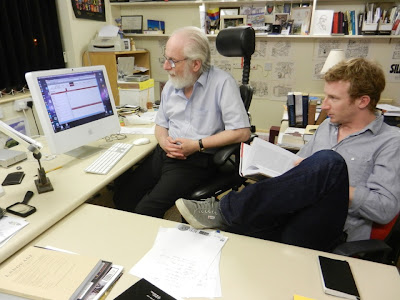Dancing Alone in the Dark with Murder

Image by PetroleumJelliffe In Joan Barfoot's novel, Dancing in the Dark , set in the late seventies, Edna Cormick, is a perfect housewife. Edna has dedicated her life to being a home-maker and has created a personality and regime for herself by following the advice given in women’s magazines by the role models presented there. Her glossy magazines, however, have not prepared Edna for dealing with extra marital affairs. So, when Edna finds out from a 'friend' about her husband’s infidelities, the 'right' choice behaviour in Edna's mind is to commit murder. Real confidence manifests itself in a person who has received the rightful proportion of love and approval. Without confidence, weaknesses prevail and life becomes one long struggle. Fear, resulting from lack of self-esteem, eventually overwhelms the protagonist, Edna Cormick. Her acute insecurity causes her to close all windows of opportunity and restrict her mental and physical space in...





